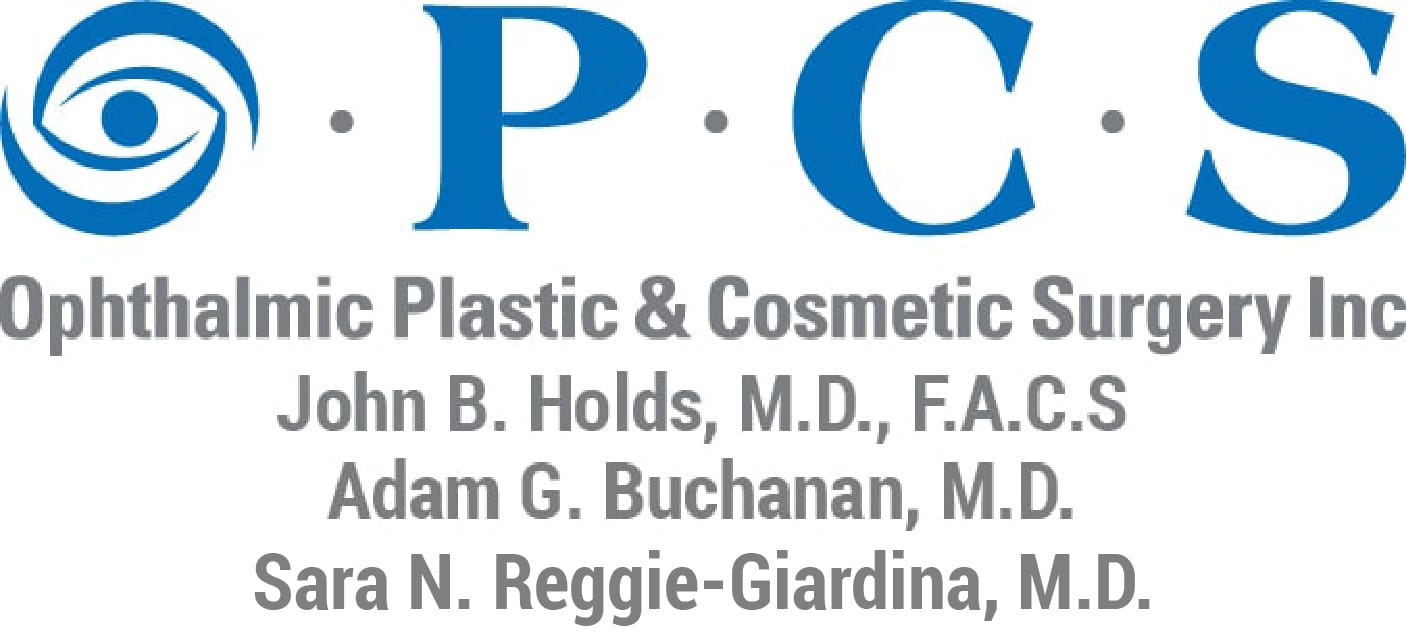Getting Results for Blepharospasm
- Posted on: Mar 30 2022
 Blepharospasm is a relatively uncommon condition, which can make it feel mysterious and confusing if you experience it. The medical term describes uncontrollable eyelid twitching or tight closure of the eyelids. When the second occurs, it can be very difficult to get the eye to open normally during a spasm event. To begin to know how to address the problem, it helps to know what may be causing it. In some cases, it has to do with lifestyle factors. In others, blepharospasm is linked to a neurological misfire.
Blepharospasm is a relatively uncommon condition, which can make it feel mysterious and confusing if you experience it. The medical term describes uncontrollable eyelid twitching or tight closure of the eyelids. When the second occurs, it can be very difficult to get the eye to open normally during a spasm event. To begin to know how to address the problem, it helps to know what may be causing it. In some cases, it has to do with lifestyle factors. In others, blepharospasm is linked to a neurological misfire.
Causes of Blepharospasm
Some of the lifestyle or environmental factors that may trigger blepharospasm include:
- Lack of sleep
- Stress
- Anxiety
- Vision changes, especially those that go untreated
- Fatigue
- Allergies
- Alcohol
- Caffeine
- Vitamin or mineral deficiencies
The root cause of some cases of blepharospasm, a form of focal dystonia, is not fully understood. It is believed that the involuntary eyelid twitching is associated with the basal ganglia in the brain. These structures help regulate movement and motor functions. The irregular contractions of the muscles that operate the eyelid may stem from irregular function in the basal ganglia.
Treating Blepharospasm
How you go about treating blepharospasm may depend on the cause of the condition. First, you may try addressing lifestyle factors that may be triggering abnormal muscle spasms. Suggestions include:
- Take a magnesium supplement. Doing so can soothe muscles as well as the nervous system. Magnesium supplementation has also been shown to help promote quality sleep.
- Use exercise, meditation, breathwork, or other modalities to manage stress and reduce anxiety.
- Reduce the consumption of caffeine and alcohol.
- Get enough sleep. This can range from 7 to 9 hours a night. If insomnia is causing sleep deprivation, talk to a doctor to determine the best way to address that condition.
Clinical Treatments for Blepharospasm
The most common clinical treatment for blepharospasm is to inject the contracting muscles with Botox. This cosmetic drug is based on a mild paralytic, purified botulinum toxin, which temporarily stops muscle contractions by interrupting nerve reception. For more severe cases, it may be beneficial to consider surgical correction. The myectomy procedure is one in which some of the muscles and nerves that operate the eyelid are carefully removed. Myectomy has a 75 – 85% improvement rate.
When involuntary eyelid twitching continues for more than a few days, it may indicate a need for a thorough examination to explore potential causes and treatment options. To schedule a consultation at our St. Louis or St. Peters office, contact us today.
Posted in: Blepharospasm

